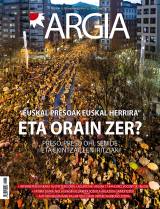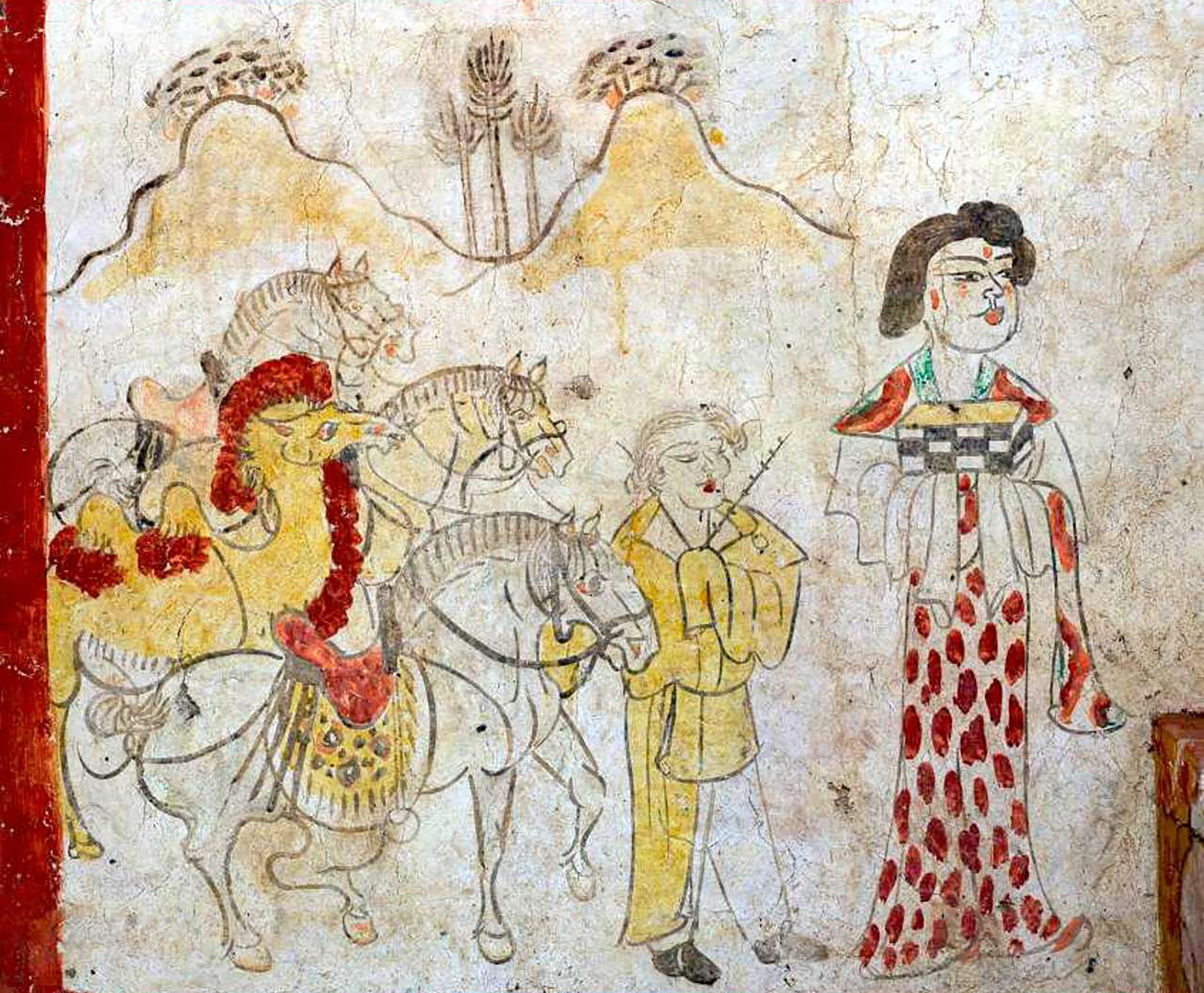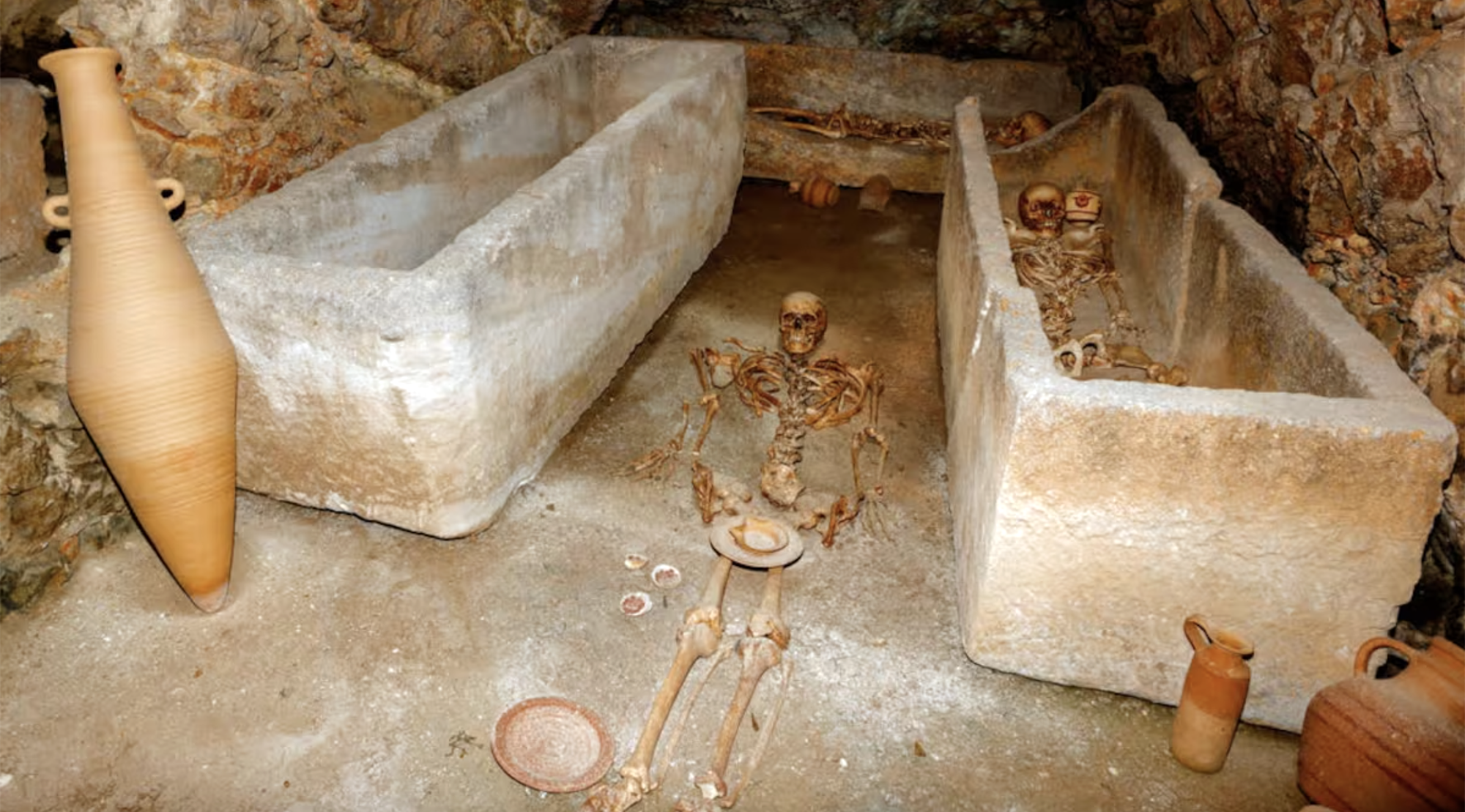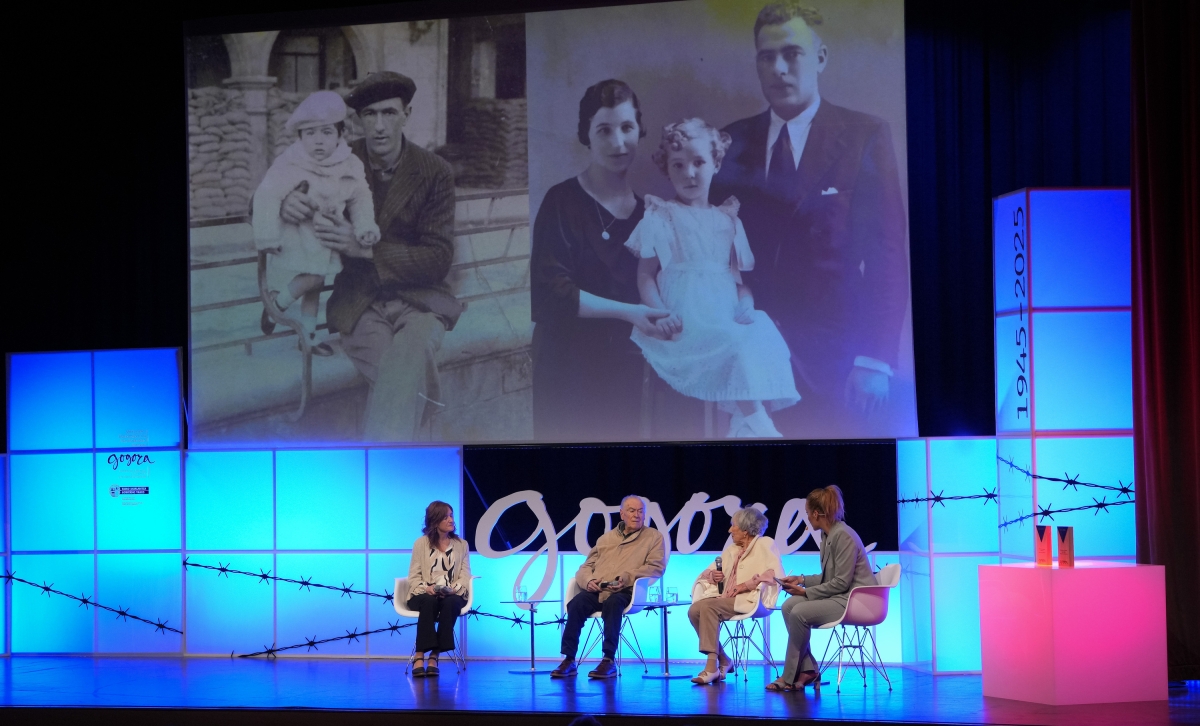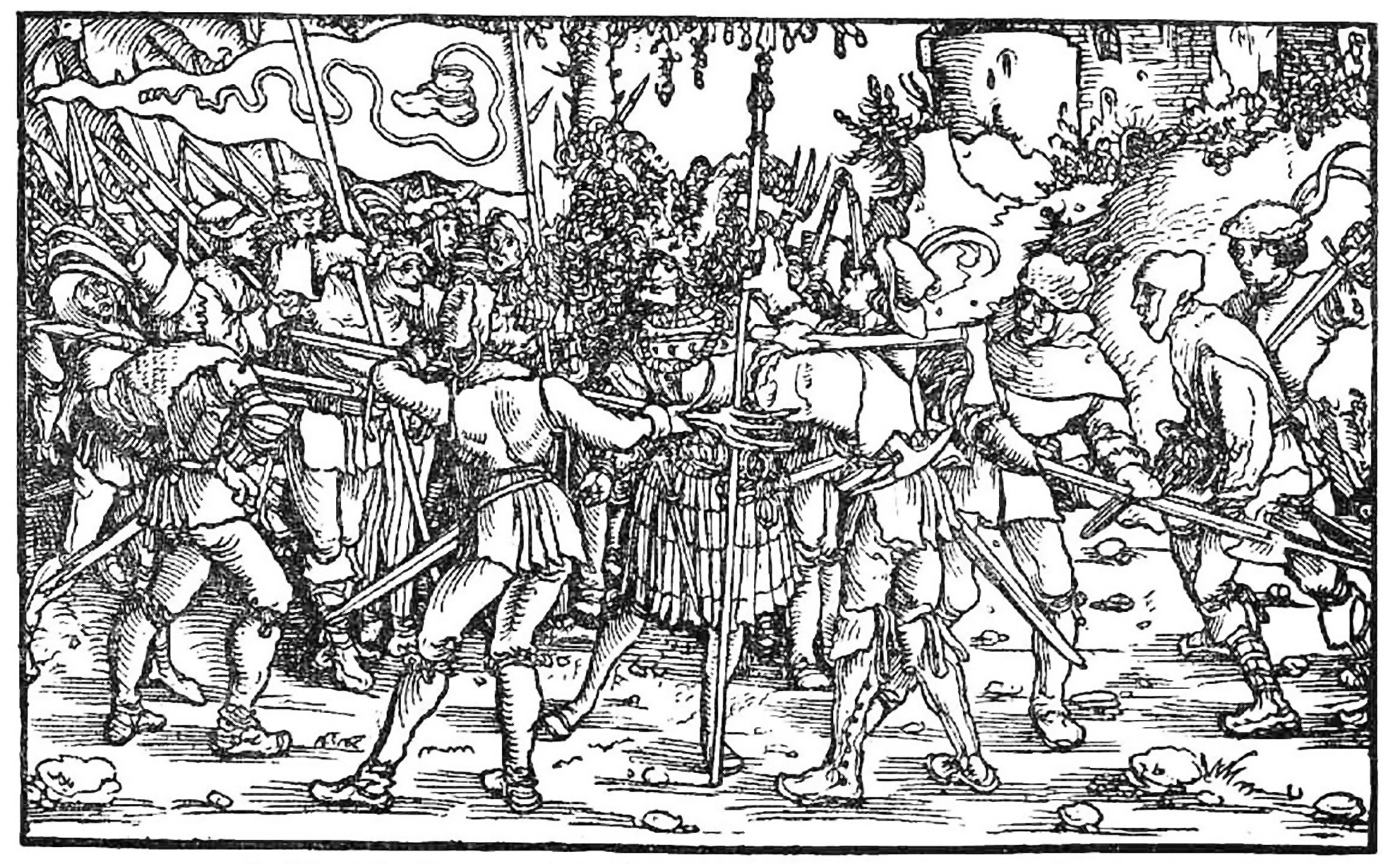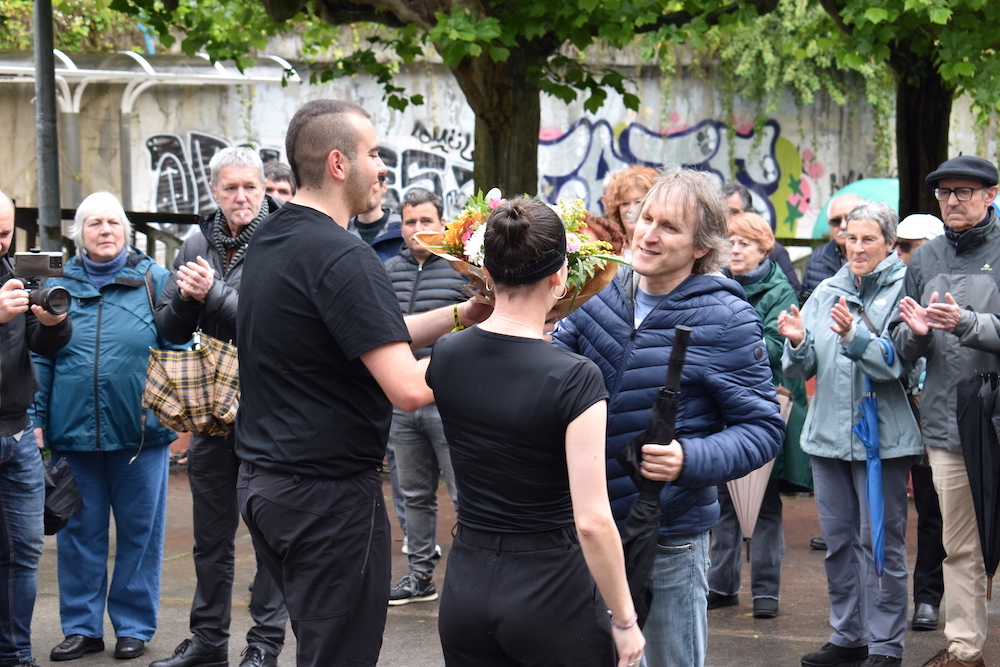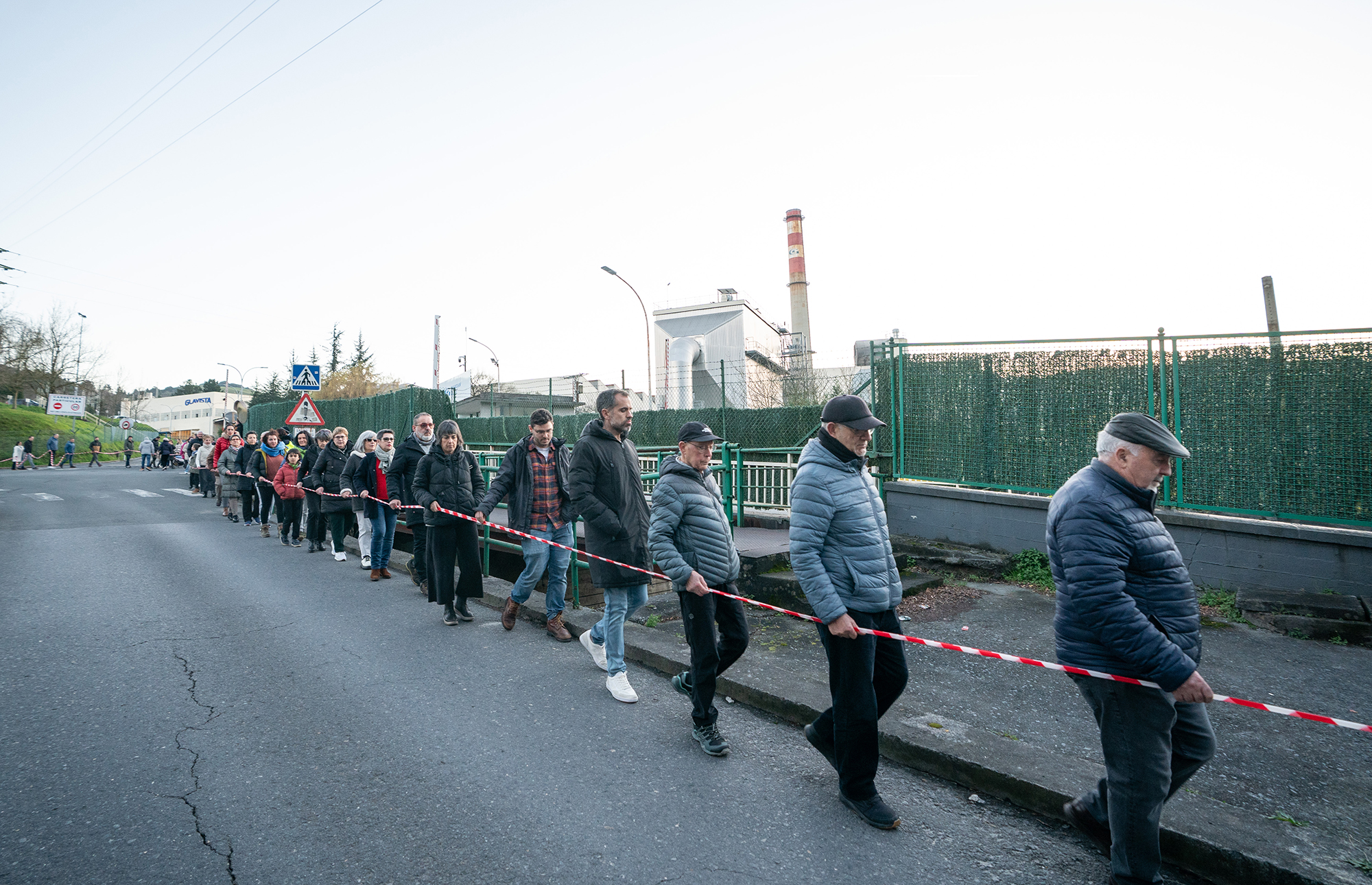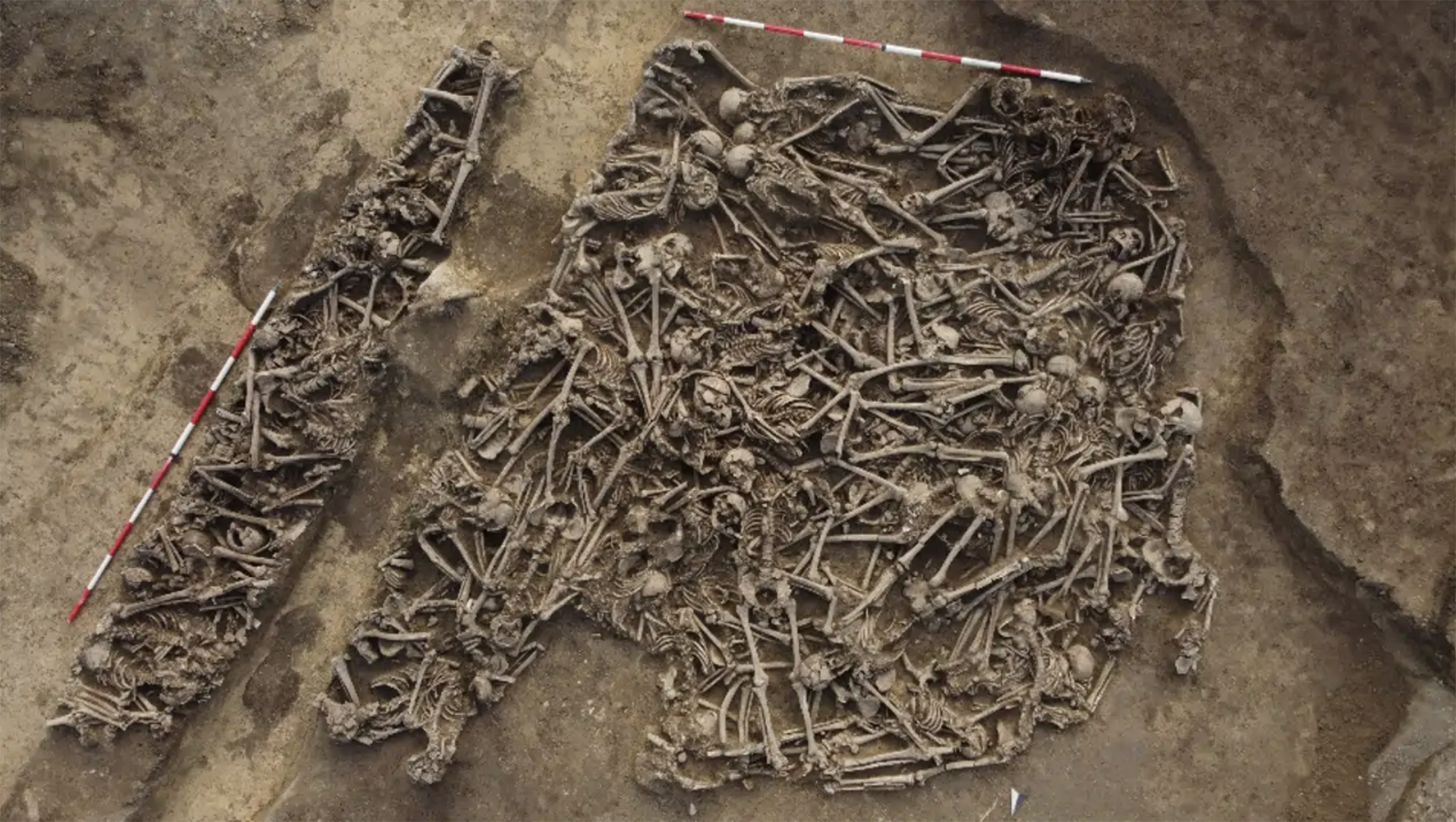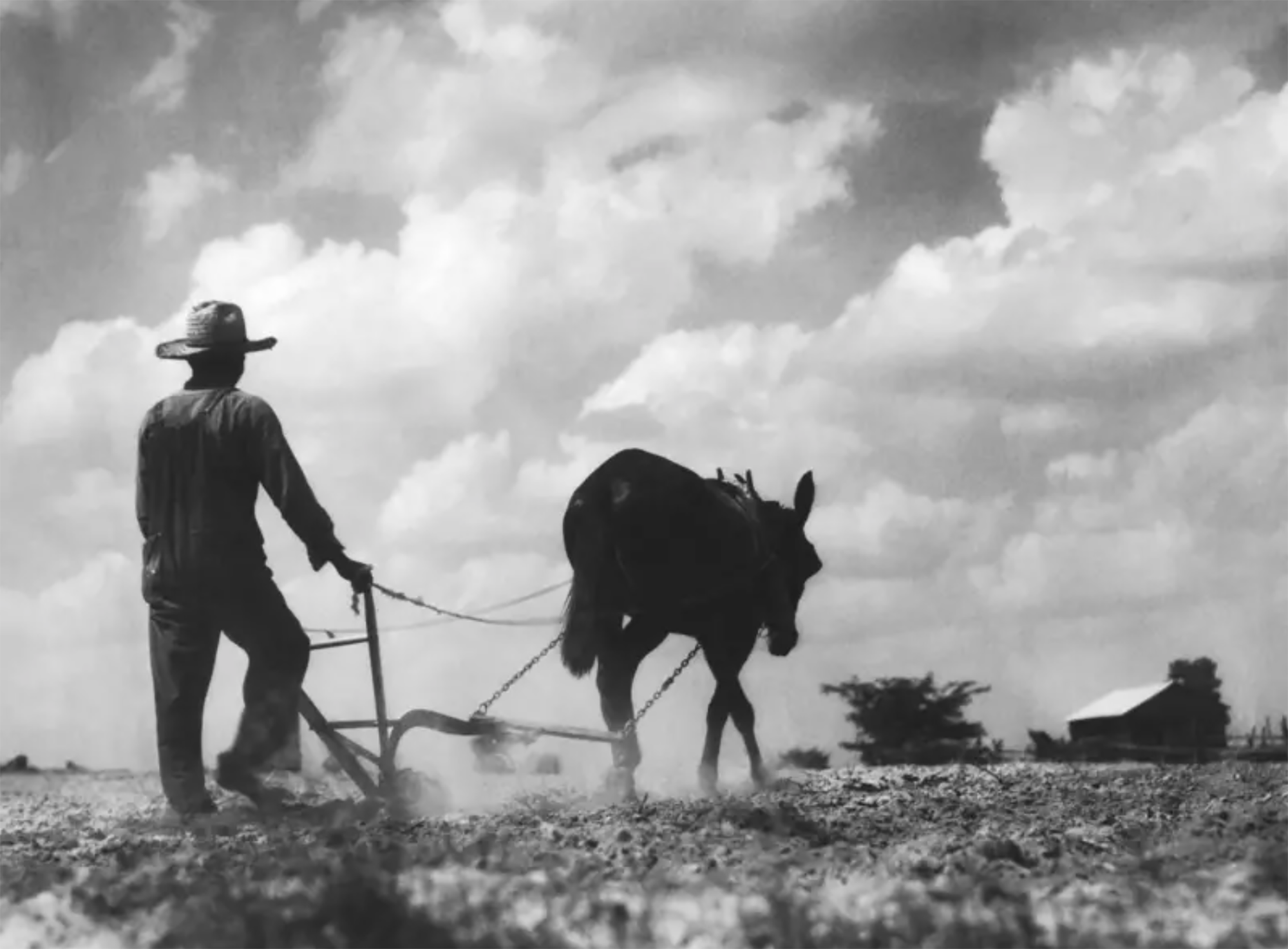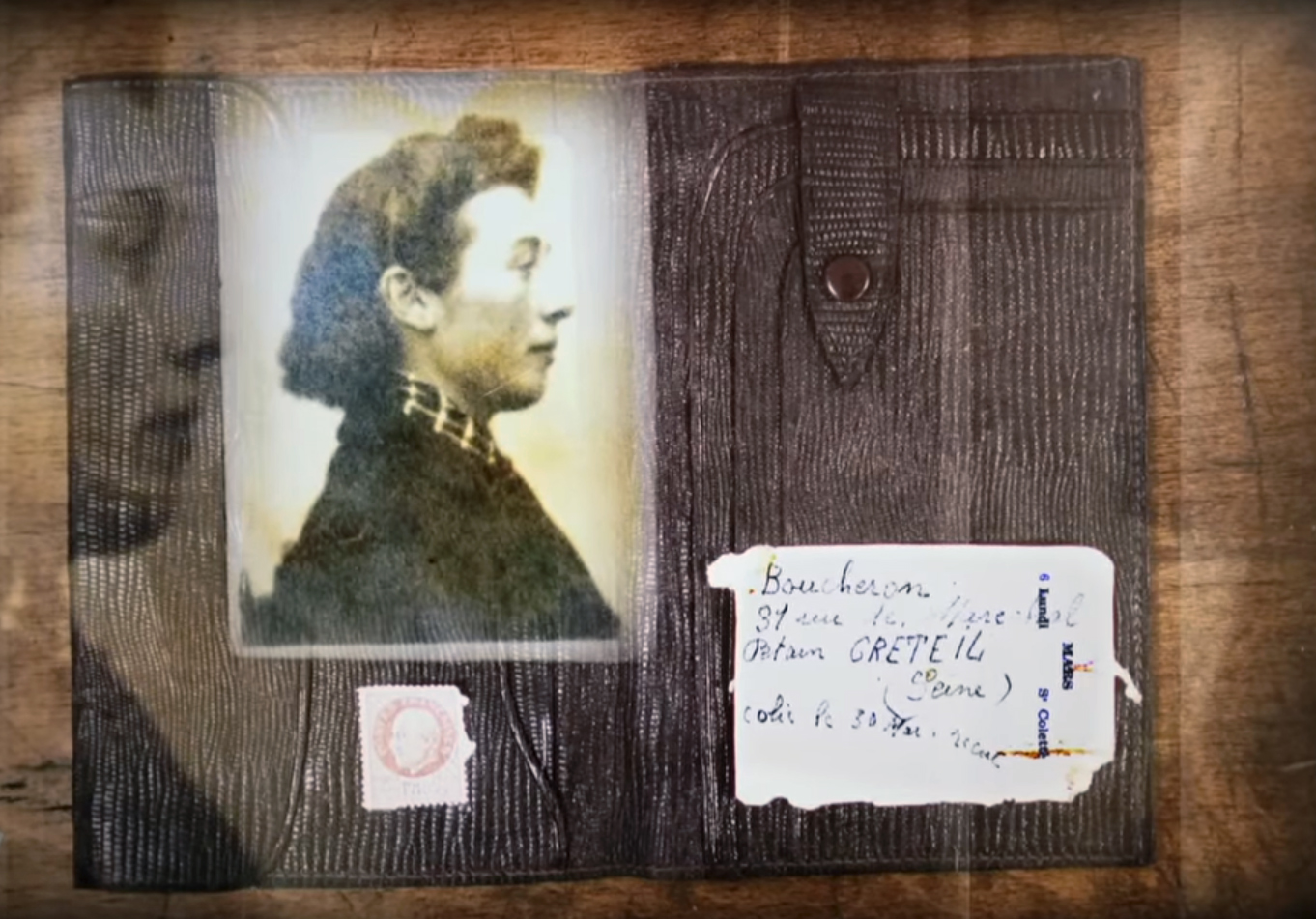Prison sentence to gym
- London 1818. British engineer Sir William Cubitt invented an apparatus, a kind of continuous circular staircase, so that prisoners wouldn't move around and they could walk.
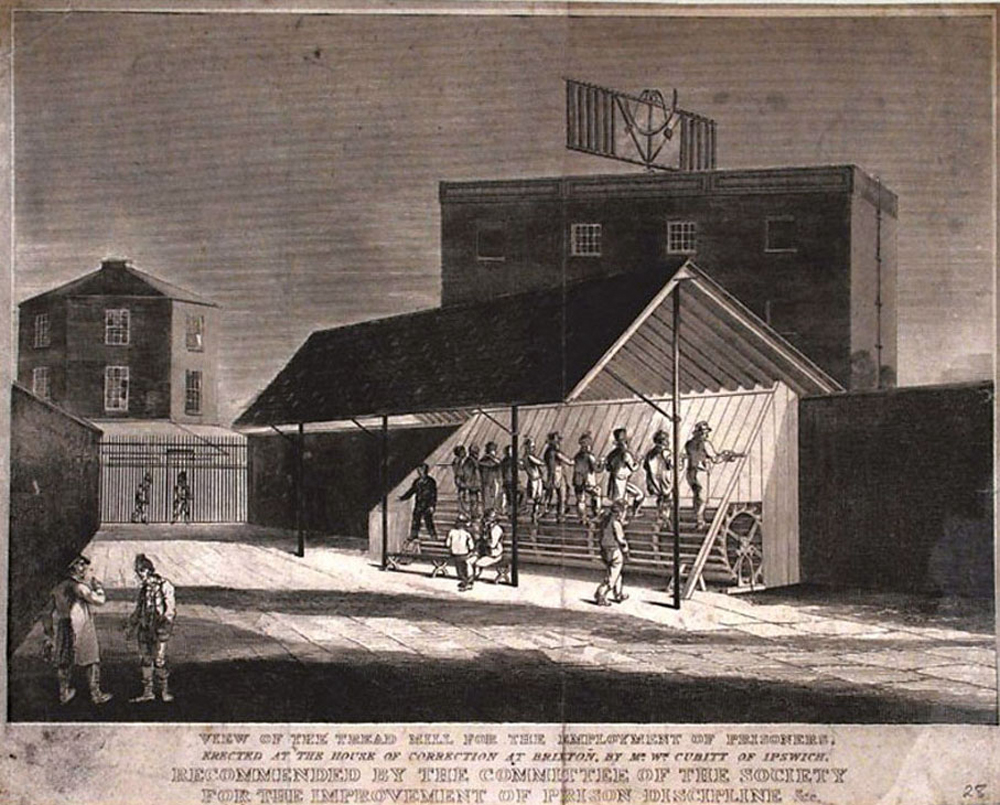
The Cubitt was released for other works, as it participated in the main engineering works of the time. As a result, he obtained the title of sir and was president of the Institute of Civil Engineers, among others. He helped build canals, dikes, railways -- and was chief engineer of the Crystal Palace building at Hyde Park in London. This device devised for jail made a longer route than expected, as it was the precursor to many machines that today are located in gyms.
The device was first tested in Brixton prison. Dozens of prisoners rose at the same time to a gigantic toothed roller and, moving their legs, the cylinder began to turn and the system was set in motion. Cubitt's invention was called treadmill. And today they continue to give the same name to the treadmills that are in the gyms.
Of course, walking on the device was not optional for prisoners, but was part of the sentence. According to the sources, the time spent on the prisoners' machine was not fixed, although some have reported days of more than ten hours. In those works they went five kilometers (and not on a quiet walk, but they went up the stairs). ).

It was effective that prisoners were spinning around the wheel as if they were hamsters. Without moving from the site, the roller was able to fatigue the condemned and obtain their submission. But they soon realized that, apart from watering the prisoners, it was possible to get another benefit from that mill. They started using water to move or grind the grain, for example.
The use of prisoners as slaves, the work and the exploitation of their activities is something long ago, was not invented by Cubitte. In ancient times, they were forced to row the norias or to row in galeras, in the Middle Ages, for example, to build cathedrals, to pull the pulleys and to be condemned to collect stones...
And now, another kind of slavery drives the “doomed” into those traps. They pay the penalty with money.
In the Chinese province of Shanxi, in a tomb of the Tang dynasty, paintings depicting scenes from the daily lives of the dead are found. In one of these scenes a blonde man appears. Looking at the color of the hair and the facial expression, archaeologists who have studied the... [+]
Carthage, from B.C. Around the 814. The Phoenicians founded a colony and the dominant civilization in the eastern Mediterranean spread to the west. Two and a half centuries later, with the decline of the Phoenician metropolis of Tyre, Carthage became independent and its... [+]
Salvador Puig Antich frankismoaren kontrako militantea izan zen. Askapen Mugimendu Iberikoko kidea, 1973ko irailaren 25ean atxilotu zuten. Gerra-kontseilua egin zioten, eta garrotez exekutatu zuten handik sei hilabetera, 1974ko martxoaren 2an. Aurtengo otsailean baliogabetu du... [+]
Rudolf Botha hizkuntzalari hegoafrikarrak hipotesi bat bota berri du Homo erectus-i buruz: espezieak ahozko komunikazio moduren bat garatu zuen duela milioi bat urte baino gehiago. Homo sapiens-a da, dakigunez, hitz egiteko gai den espezie bakarra eta, beraz, hortik... [+]
Böblingen, Holy Roman Empire, 12 May 1525. Georg Truchsess von Waldburg overthrew the Württemberg insurgent peasants. Three days later, on 15 May, Philip of Hesse and the Duke of Saxony joined forces to crush the Thuringian rebels in Frankenhausen, killing some 5,000 peasants... [+]
During the renovation of a sports field in the Simmering district of Vienna, a mass grave with 150 bodies was discovered in October 2024. They conclude that they were Roman legionnaires and A.D. They died around 100 years ago. Or rather, they were killed.
The bodies were buried... [+]
Washington, D.C., June 17, 1930. The U.S. Congress passed the Tariff Act. It is also known as the Smoot-Hawley Act because it was promoted by Senator Reed Smoot and Representative Willis Hawley.
The law raised import tax limits for about 900 products by 40% to 60% in order to... [+]









